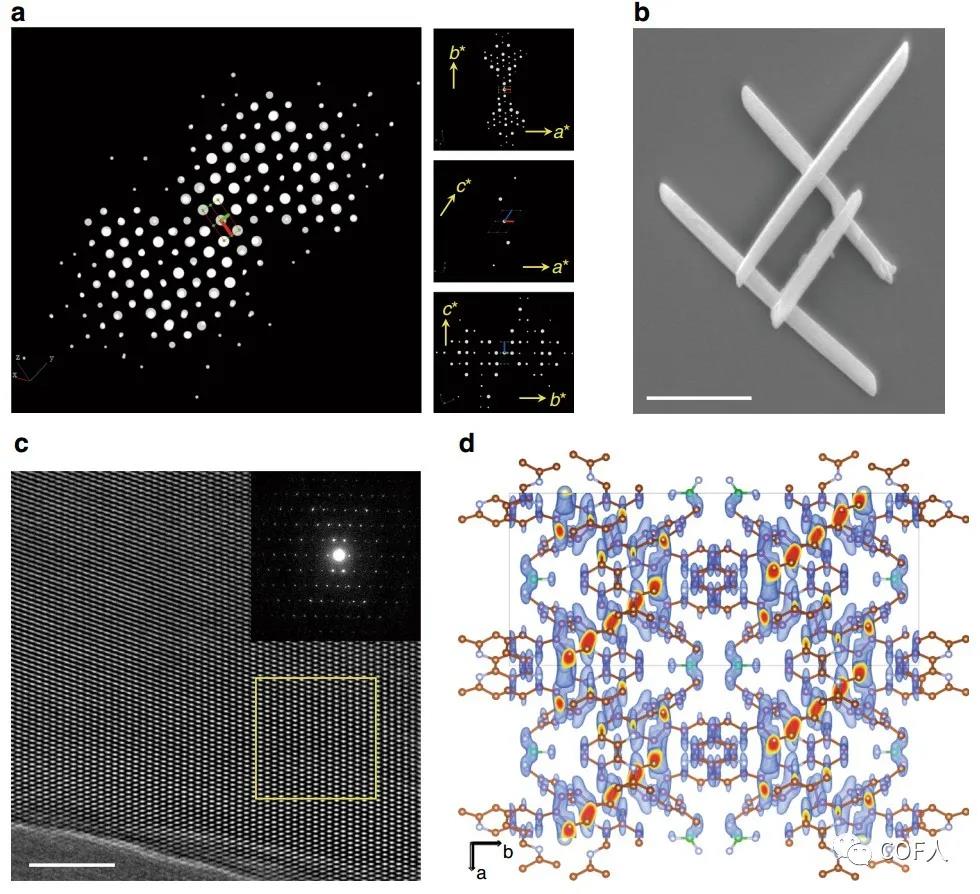[COF Third Bomb] Single Crystal COF! Solvothermal synthesis of one-dimensional metallo-COFs!
QQ Academic Group: 1092348845
Detailed
In the past 30 years, solid frame materials have been one of the hottest materials because they represent the human pursuit of controlling spatial chemical bonds vs random polymerization processes. In general, the formation of crystalline framework materials needs to be performed in the presence of reversible bonds (such as reversible covalent bonds ,competitive coordination bonds , weak hydrogen bonds, etc.) to meet the self-correction process required for crystal growth. The functionality and structural stability of COFs make them potentially broadly applicable. However, since most of the synthesized COFs are polycrystalline, making it difficult to determine the structure accurately, the structure-property relationship of COFs is currently lacking a deep understanding. Recently, a series of 2D and 3D COFs have been successfully synthesized by the seed method and additive adjustment method. However, only a very small amount of single crystal COF can be accurately resolved. It is generally believed that single crystals are more difficult to obtain in low-dimensional (1D and 2D) frame materials than in 3D due to higher degrees of freedom .
Especially for 1D COF, its skeleton structure is composed of continuous one-dimensional covalently bonded molecular chains , and the other two dimensions are assembled by non-covalent interactions (such as π-π interaction, hydrogen bonding, etc.). This also leads to the highly anisotropic and entropy-driven random stacking of one-dimensional organic chains, which brings great challenges to the synthesis of crystalline one-dimensional COFs. This article presents a strategy for synthesizing a single crystal one-dimensional metal COF by a simultaneous reaction of metal ligand coordination and dynamic covalent chemistry (DCC) one-pot method , combining self-assembly and reversible co-reversal in solvothermal synthesis. Valence response concept.
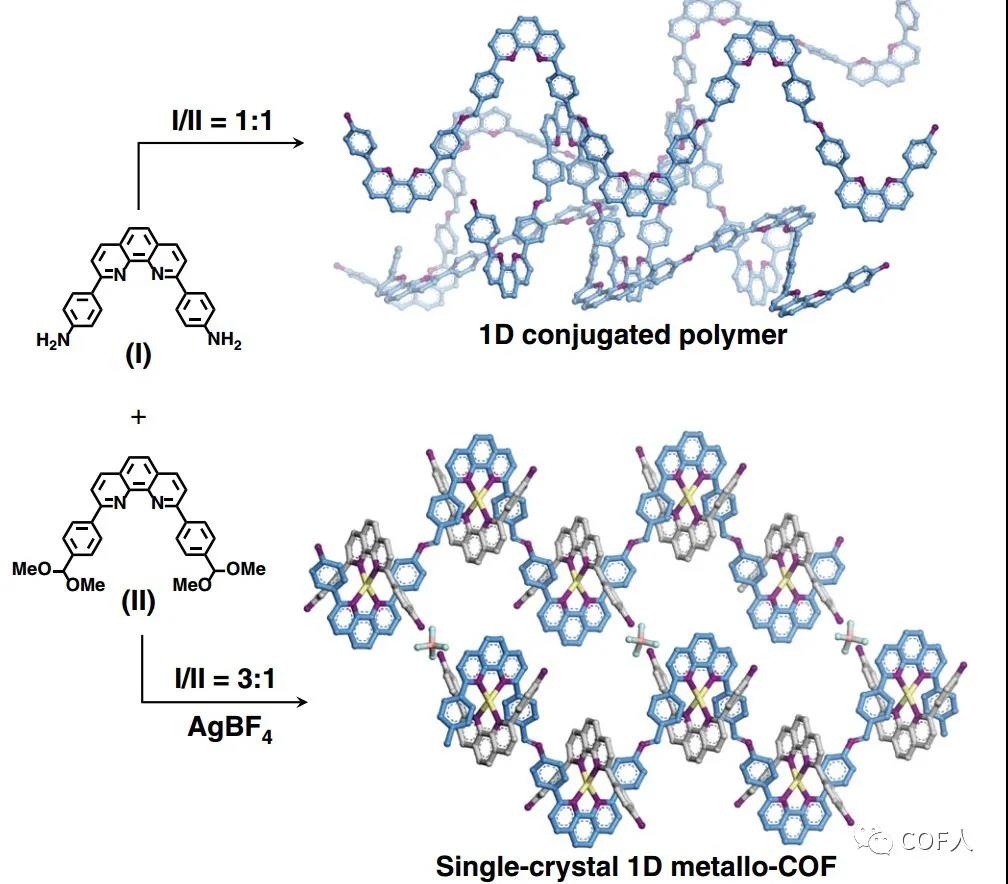
Fig.1 Synthesis strategy of single crystal one-dimensional metal COF
[COF Synthesis]
As shown in Figure 1, the author first tried to synthesize COF by the concept of dynamic covalent chemistry (DCC) alone. Because there is no secondary interaction, the one-dimensional polymer chains are randomly arranged, and only disordered polymers are formed. AgBF 4 is then introduced to initiate ligand exchange, providing an additional reversible process for polymer condensation, which will facilitate the crystal nucleation process. When (I) is in excess , it can be anchored to the main chain by coordination with Ag (I), thereby providing periodic spacers to induce the formation of hydrogen bonds between π-π stacks and one-dimensional chains . Using this method, a single crystal 1D metallo-COF (mCOF-Ag) with micron-sized particles was synthesized, and the crystal structure could be accurately analyzed by single crystal electron diffraction (SCED) . Based on the results, the authors performed a one-pot reaction under solvothermal conditions . After a large number of screening reaction conditions, the feed ratios of I, II and AgBF4 are equal to 3: 1: 1 and n-butanol, 1,2-dichlorobenzene and 6 M acetic acid in water (1/9/1, v / v / v ) The mixed conditions were reacted at 120 ° C for 3 days to obtain mCOF-Ag.
[COF structure]
The single crystal structure of mCOF-Ag one-dimensional COF is directly determined by SCED data. Based on the observed electron density map (Figure 2d), the positions of all atoms (C, N, and Ag) and the guest (BF4 ̄ anion) except hydrogen atoms were determined. The structural resolution of the rod-shaped crystal reaches ~ 0.95 Å. Based on the SCED data, the structure model of mCOF-Ag in the C2 / c space group was directly obtained using the SHELXT (dual space method) program. After that , the structure of mCOF-Ag was further determined and improved based on the synchrotron radiation powder X-ray diffraction (SPXD) data. Rietveld‘s refined residuals are R I = 0.075, Rwp = 0.108, and Rexp = 0.049. mCOF-Ag belongs to the non-centrosymmetric C2 space group. This is verified by the second harmonic generation (SHG) test result (Figure 3b).
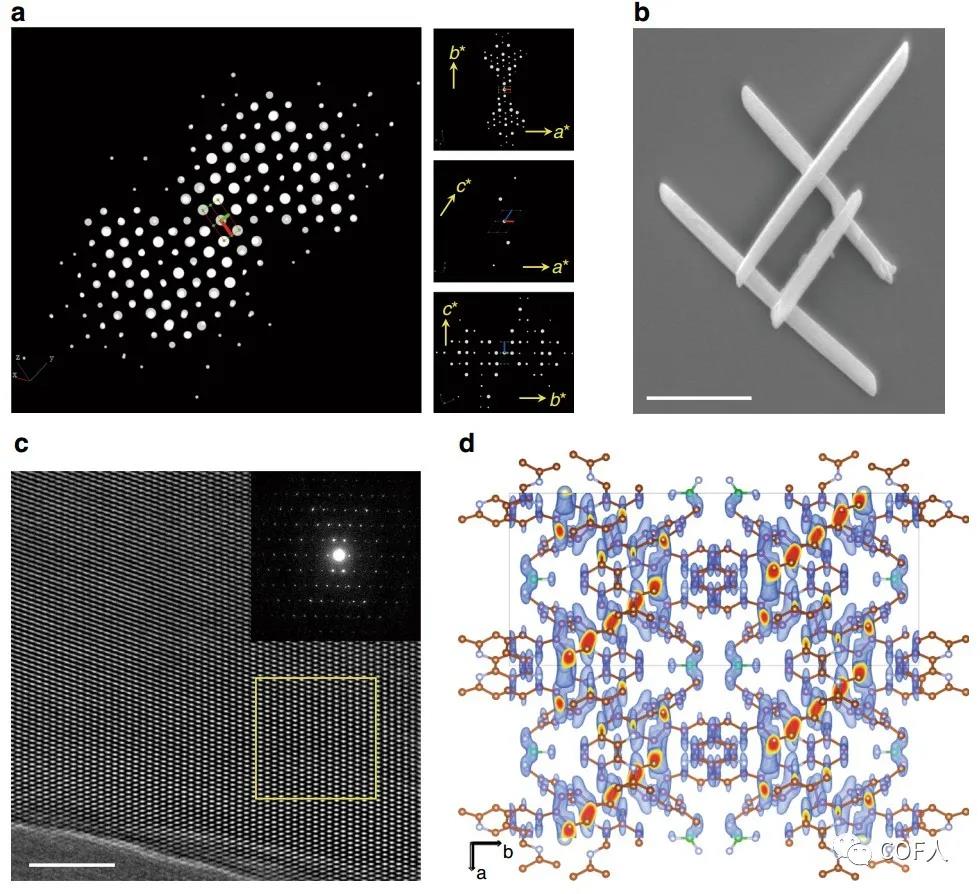
Figure 2 Analysis of single crystal electron diffraction structure
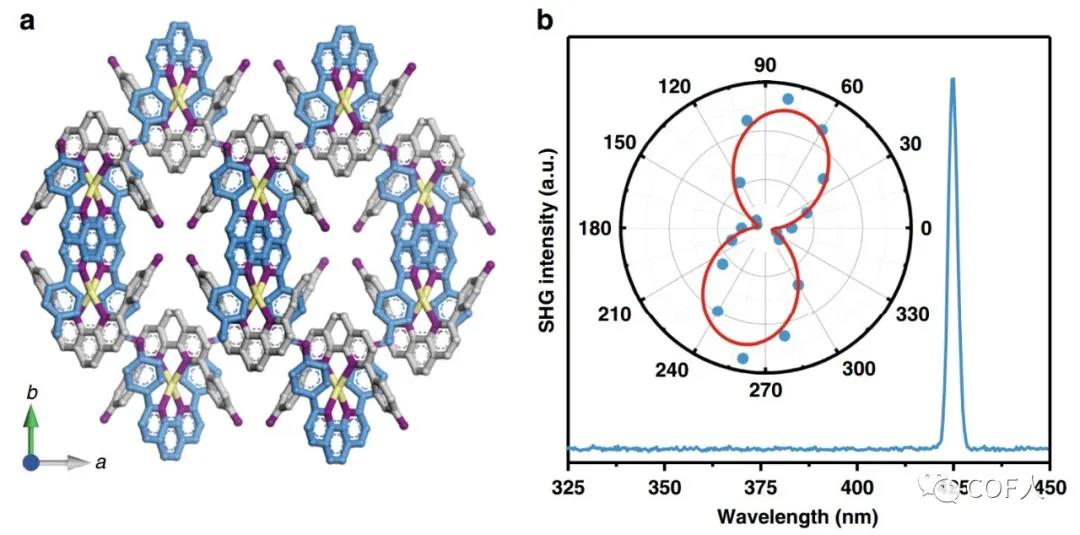
Fig.3 Structure of mCOF-Ag and its single crystal SHG spectrum
[Crystalline Polymerization]
Due to the stacking of the zigzag chains, the orientation and rotation of the amine group in the structural element (I) is limited in space, and the distance between the two para-NH2 groups is about 3.9Å (Figure 4a). Therefore mCOF-Ag is an ideal crystalline polymeric support, because adjacent amine groups can be connected by a bifunctional compound. Glyoxal is a molecule with two aldehyde groups, with appropriate molecular size and good reactivity with amine groups . A cross-linked braided network is obtained by reacting with glyoxal, which is called wCOF-Ag. Its PXRD pattern is very similar to mCOF-Ag, except that it is slightly different at large angles (Figure 4b). These results confirm that the cross-linking process does not affect the major part of the crystal structure. Later, the authors also tested the mechanical properties of wCOF-Ag and mCOF-Ag with crystallite size. The Young‘s modulus of mCOF-Ag and wCOF-Ag was 9.0 and 19.1 GPa, respectively. The results prove that the covalent connection in three-dimensional space makes it more rigid.
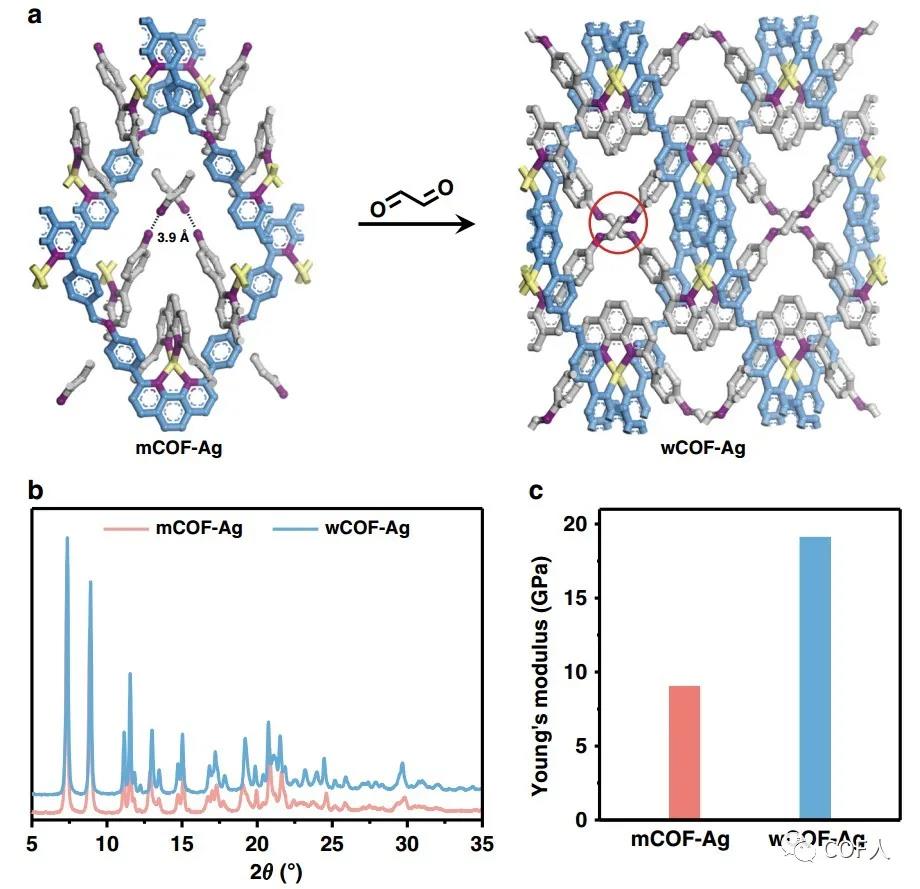
Fig. 4 Polymerization of mCOF-Ag and its XRD spectrum and Young‘s modulus test
【to sum up】
This work combined metal coordination with dynamic imine bond formation , successfully constructed the mCOF-Ag single crystal material under solvothermal conditions, and accurately analyzed its crystal structureusing SCED . Due to its non-centrally symmetric structure, mCOF-Ag shows obvious frequency doubling signals, showing its potential as a nonlinear optical material. In addition, due to the presence of staggered side chain amine groups on the polymer chain, a more stable woven network structure, wCOF-Ag, was formed by polymerization with glyoxal . From a synthesis perspective, the strategy reported in this article combines the powerful template effect of metal ions with the synergistic organization effect of structural motifs, and has guiding significance for the solution phase synthesis of single crystal COFs with unique topologies and functions.
Cite this article:
Xu, H., Luo, Y., Li, X. et al. Single crystal of a one-dimensional metallo-covalent organic framework. Nat Commun 11, 1434 (2020).
Original address : https://doi.org/10.1038/s41467-020-15281-1
- Previous: Fudan University Profe
- Next: A Rising 2D Star: Nove


 Academic Frontier
Academic Frontier
